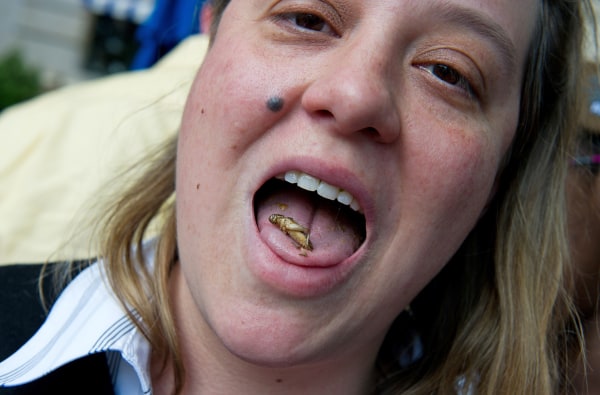by JOSEPH BENNINGTON-CASTRO
The world’s population is creeping up on 7.5 billion, but estimates suggest we’ll have a whopping 9 billion mouths to feed by 2050.
Unless we all stick to salads, the global production of meat will need to double in that time to feed our growing population, according to the Food and Agriculture Organization of United Nations (FAO). Feed and crop production will also have to increase in kind to support livestock and our own appetites, inevitably taking up more land space and water — precious and dwindling commodities required for cattle.
But resources aren’t the only issue. This increase in agricultural production will exacerbate the effects of climate change by releasing more greenhouse gases into the atmosphere (agricultural activities currently contribute nearly one-tenth of the country’s greenhouse emissions). What’s more, animal waste releases ammonia, a pollutant that can affect soil and water quality.

Yet this seemingly large food security problem may have a bite-sized solution: insects.
In a 2013 report, the FAO suggested our current farming and food production practices are unsustainable — but that edible insects are a viable, untapped resource that could help meet the food and water demands of the world’s ever-expanding population. And it’s really no wonder: Insects are highly nutritious, and also far more environmentally friendly to raise than conventional livestock. Compared with cows, pigs, or chickens, crickets require a fraction of the land, water, and food, and produce less greenhouse gases and ammonia.
Knowing this, multiple farms dedicated to rearing crickets for human consumption have sprung up in recent years. Insects from these farms are served up whole at local farmer’s markets or sold to companies that turn them into fine powders, which can be added to recipes for an easy protein and nutrition boost. Numerous startups have taken those powders and put them into everything from nutrition bars to chips and cookies, pastas and sauces.




